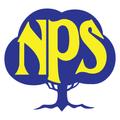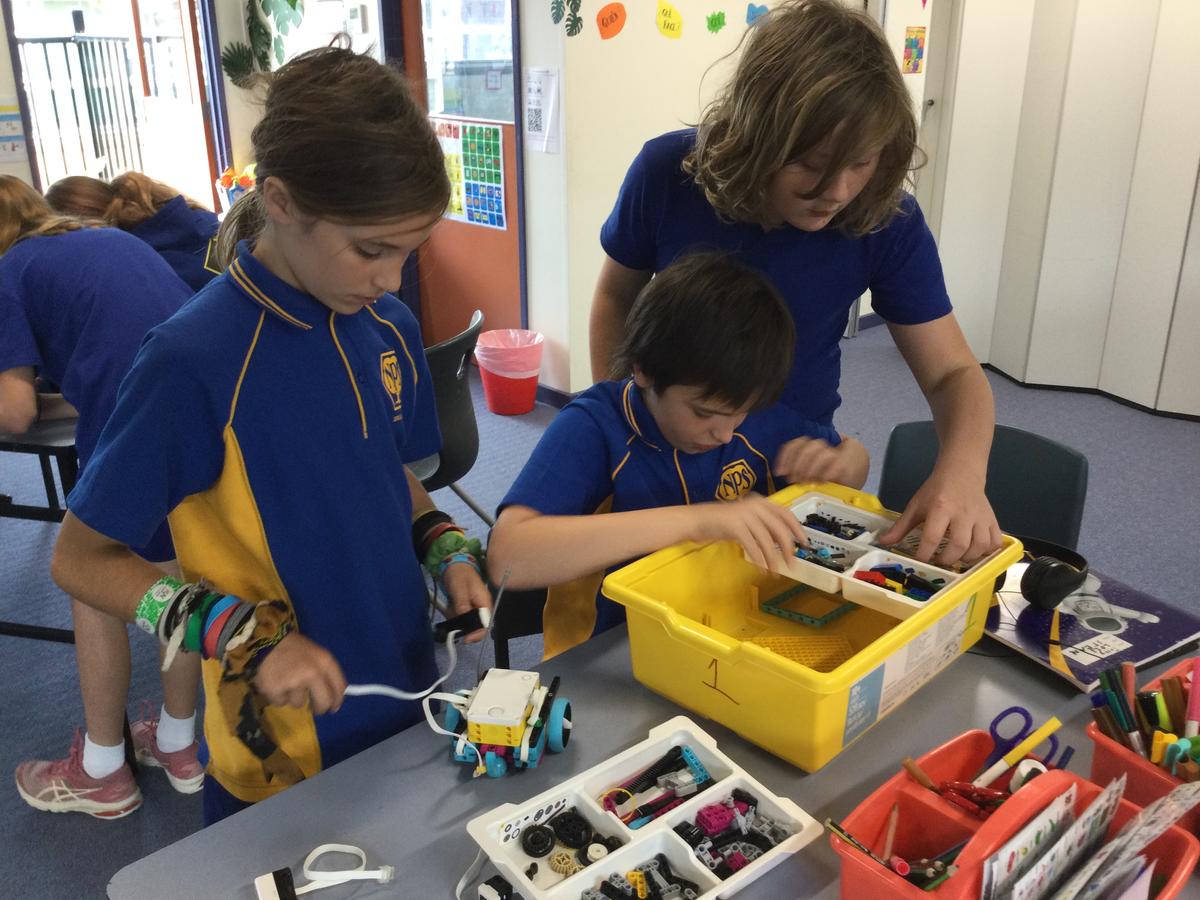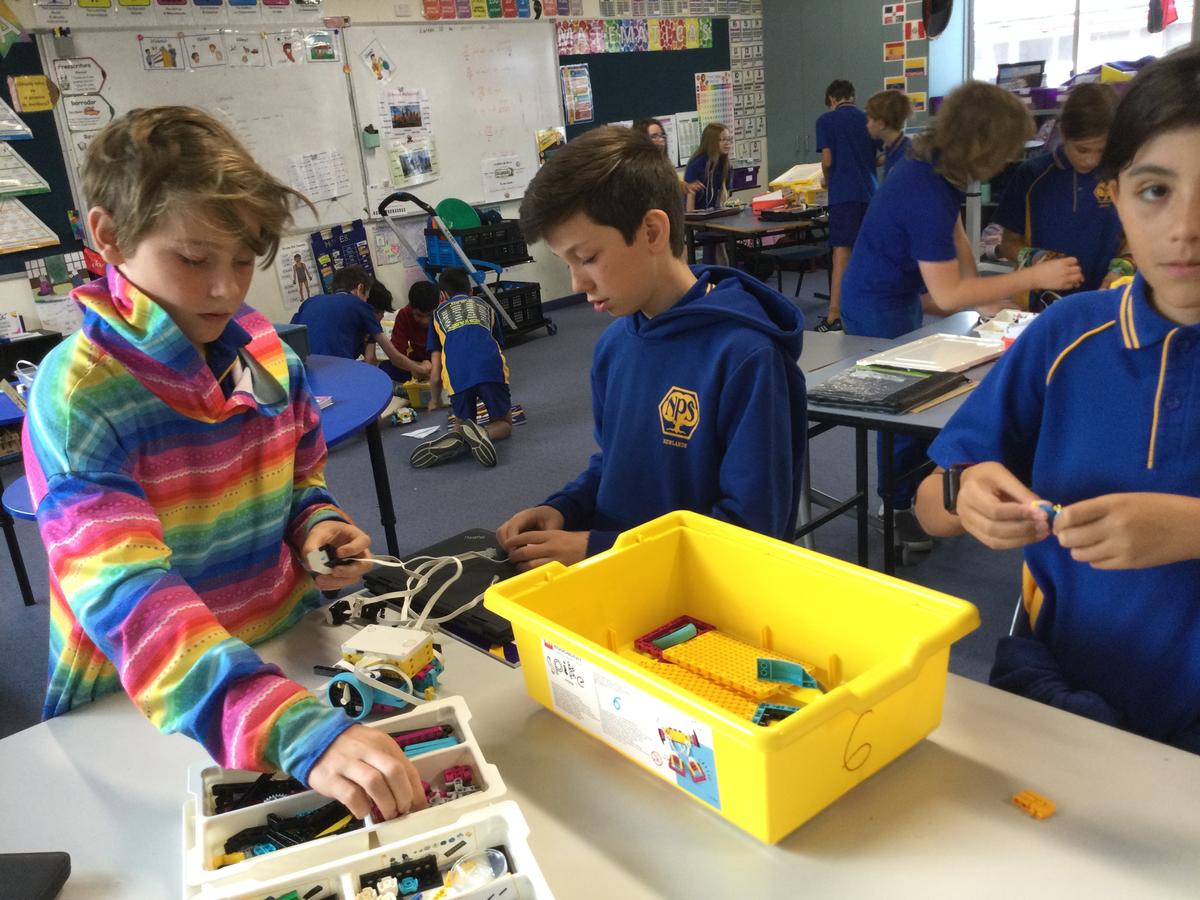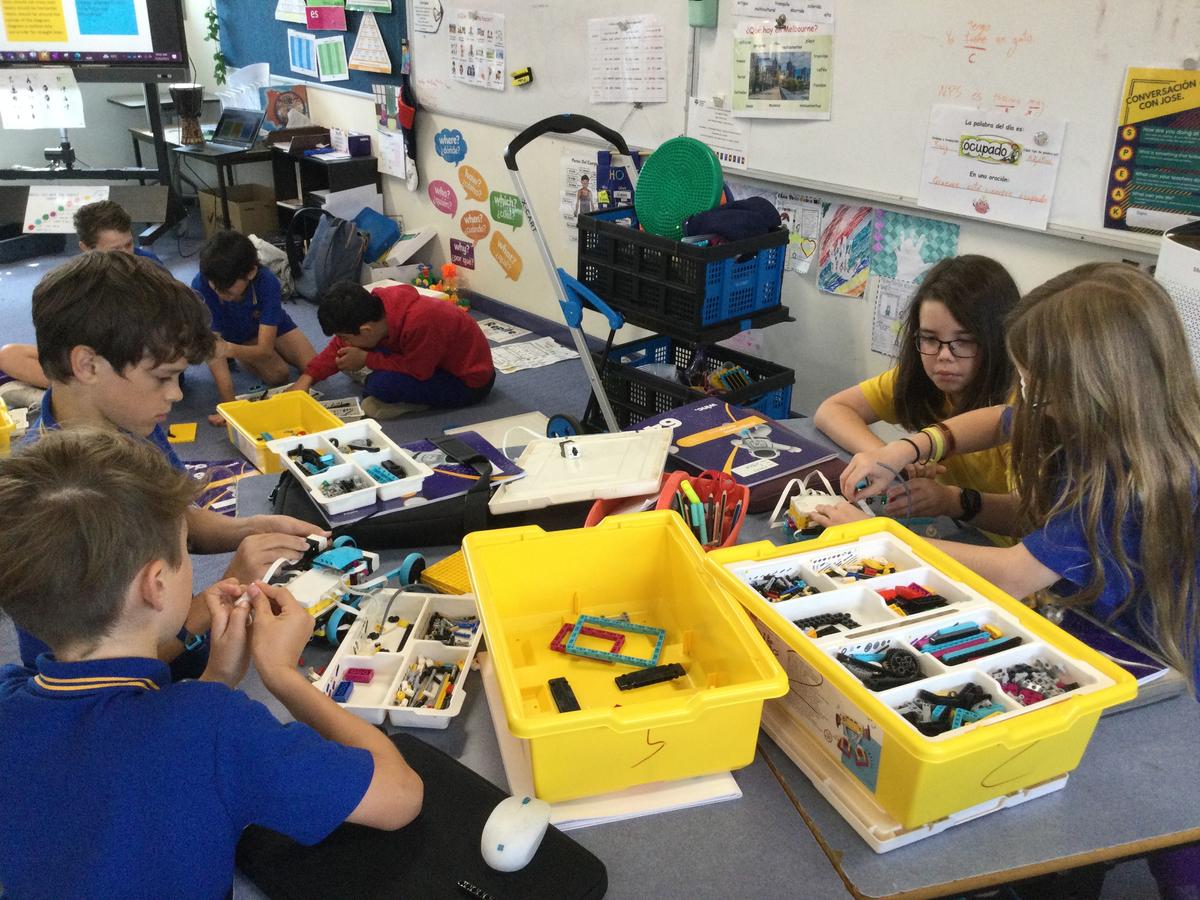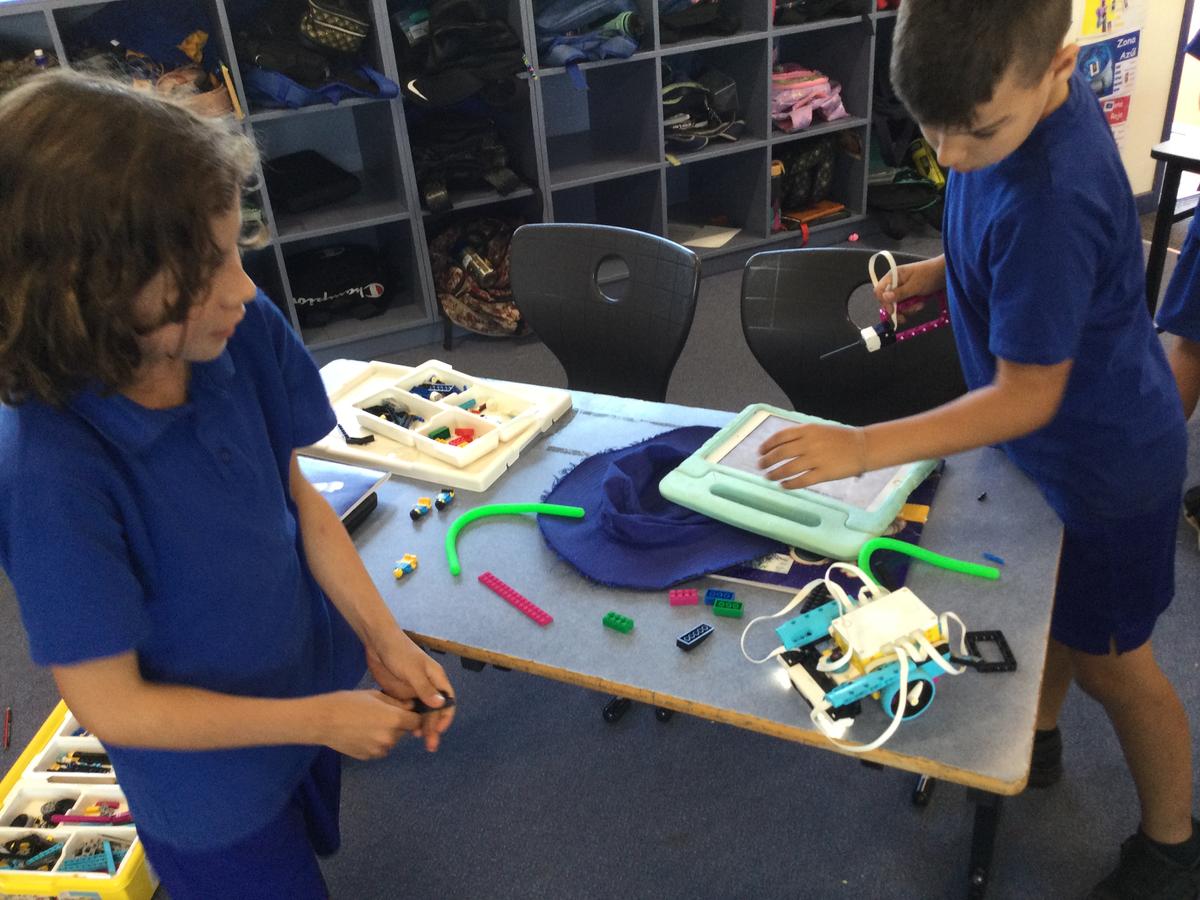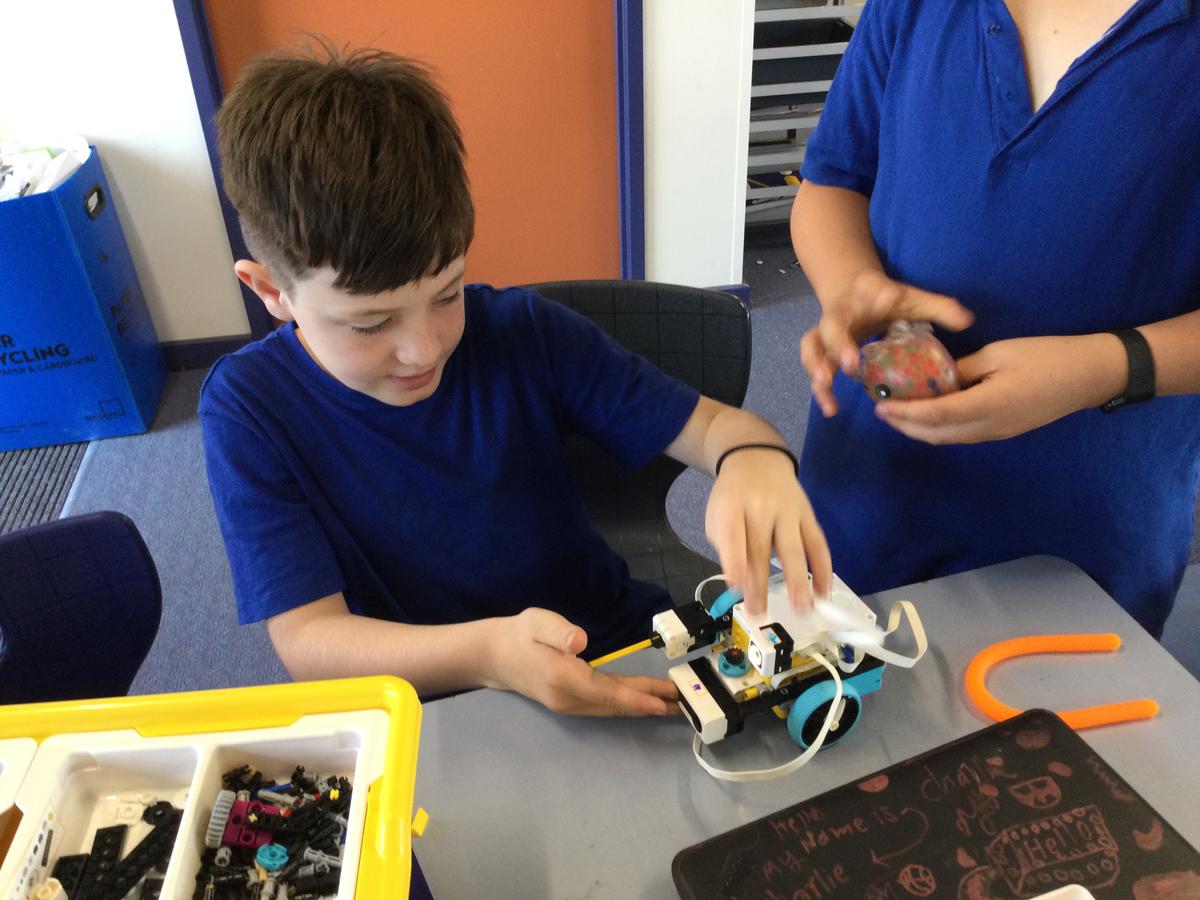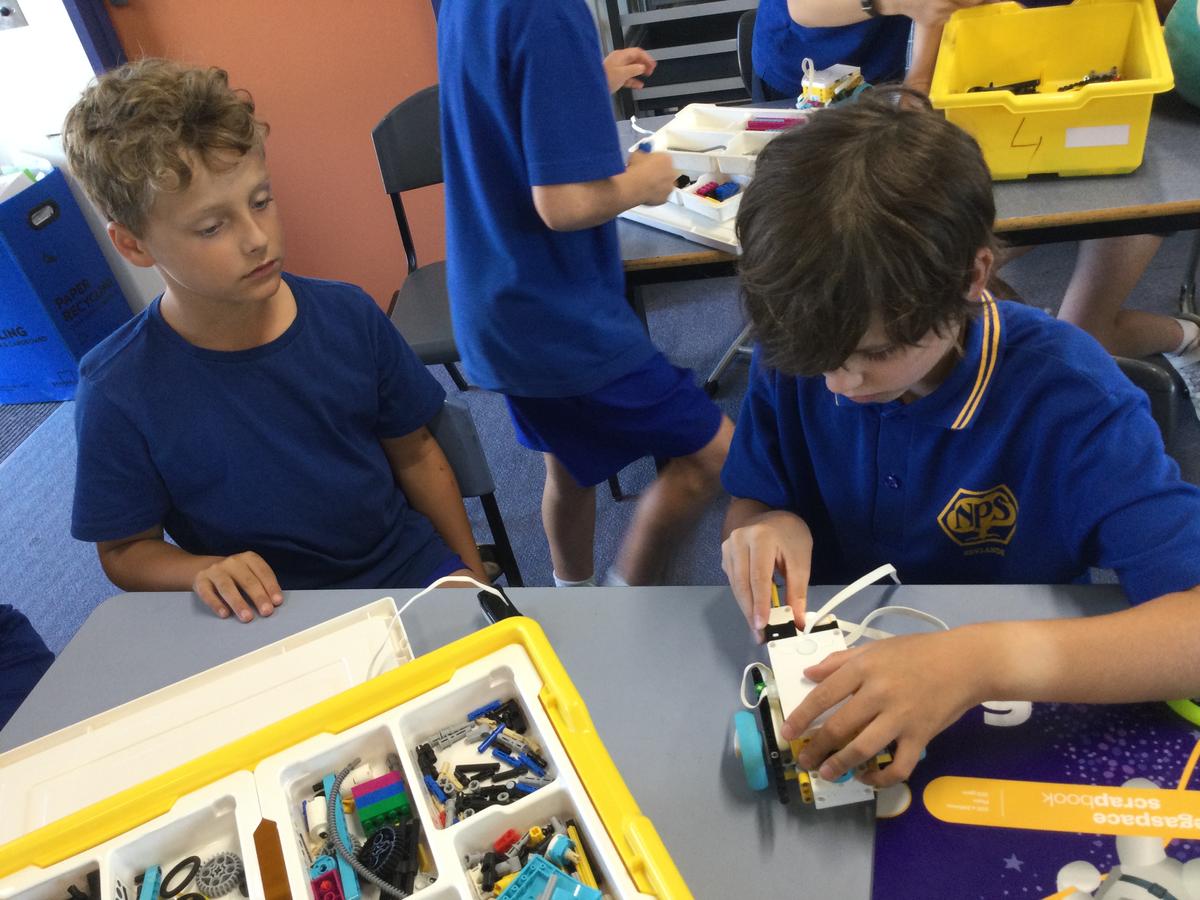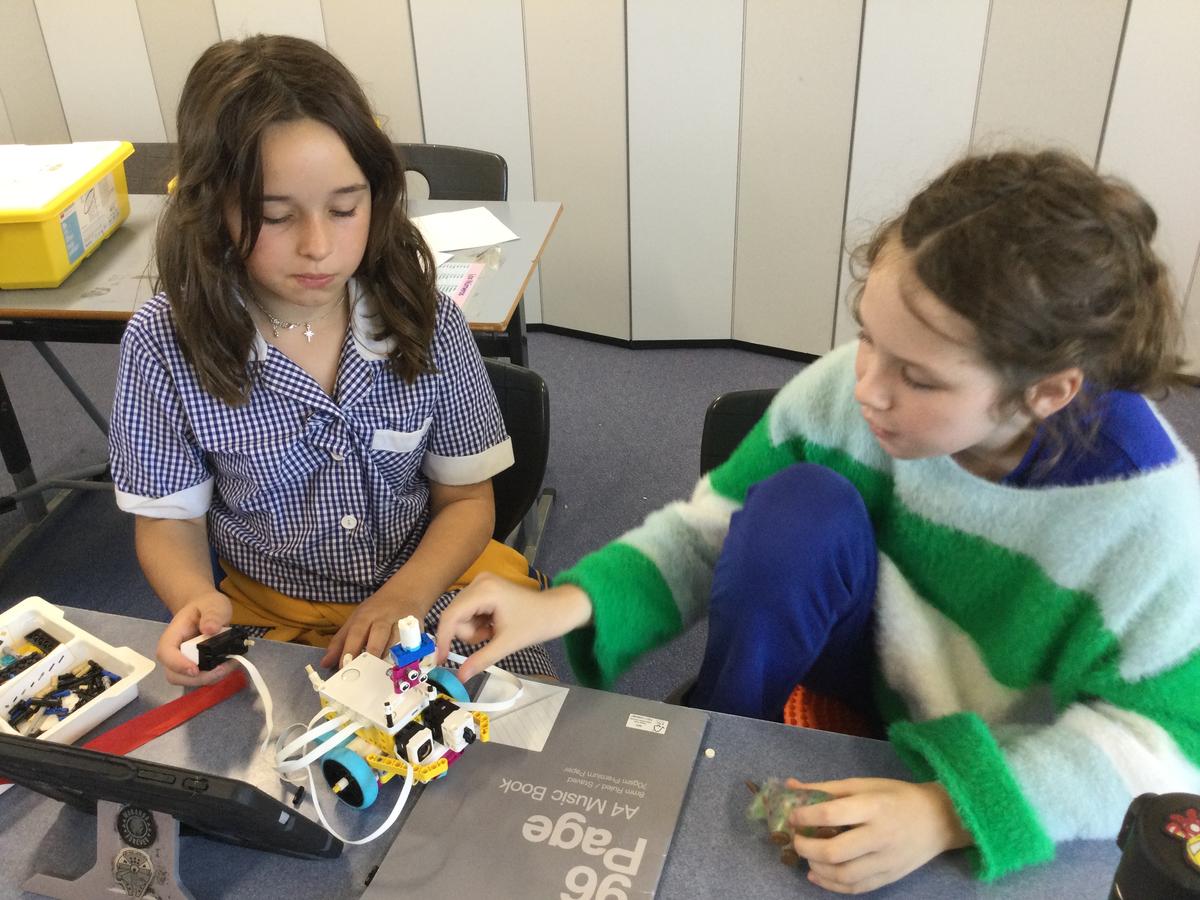STEAM

F/1s
We have had lots of fun in STEAM this term, understanding that science is all about using our senses to collect information and understand our world. Students particularly enjoyed using their tongues to taste different flavours, including sour, sweet, salty, umami and bitter. They also discovered that even though we use our sense of sight the most, we can still identify objects just from their touch, sound and smell. Students then learned about light and how it affects what we see. Through the use of a dark peek box and a torch, they discovered that we need light to see. We used this knowledge, along with the fact that light moves in straight lines and bounces (reflects) off surfaces, to create the holograms of students. They enjoyed seeing miniature versions of themselves dancing in the small toy box. We hope that you enjoy the results as much as we did:
2/3s
Students have continued learning about how heat is created and how it can move from one object to another. Through an experiment testing the temperature of spoons before and after being put in hot water, they discovered that different materials conduct heat differently. Students have started applying this knowledge to design and make the most effective solar ovens. They have examined different prototypes and learned that the following features capture the most heat: small boxes with black paper and foil at the bottom. Students made connections to our previous spoon experiment to explain that foil at the bottom conducts the most heat as it is a type of metal. We look forward to using our solar ovens in the last week of term to cook Spanish food for our Spanish Cultural Week. Thank you to Freddie from Old Kodak Pizza for generously donating pizza boxes for students to make our solar ovens.
4/5/6s
Students have used various models to help them understand our solar system. They looked at the different planets and compare their relative size and distance by plotting various foods on a neighbourhood map. Many students were surprised to discover that if our sun were the size of a yoga ball at our school, the furthest planet, Neptune, would be the size of a lime and be all the way out at La Trobe University. We then explored the various problems that this distance causes for space exploration. Students deduced that it is a very dangerous activity for humans. When brainstorming solutions to this problem, they came up with the idea of sending robots out into space. We are currently using Lego Spike Prime to make our own rovers to explore a Mars landscape to find possible life forms. Students used what they found from researching already existing rovers to identify important features to include on their own rovers. This includes colour, distance and pressure sensors. We will soon be coding the rovers students have built so that they can hopefully find a possible life form on Mars without crashing into boulders and falling into craters.
